That's gun **** there Dave! Does that gun shoot as good as it looks?Hi,
Here is a Reading gun in a style attributed to Haga. Remember there are no signed Wolfgang Haga rifles so every one is an attribution.
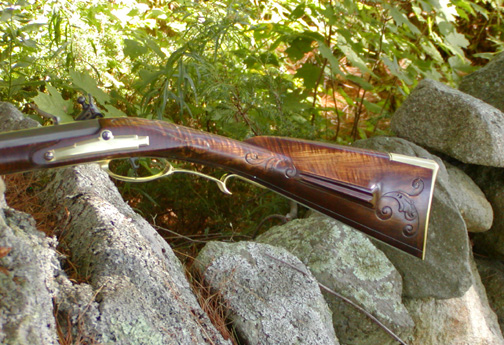

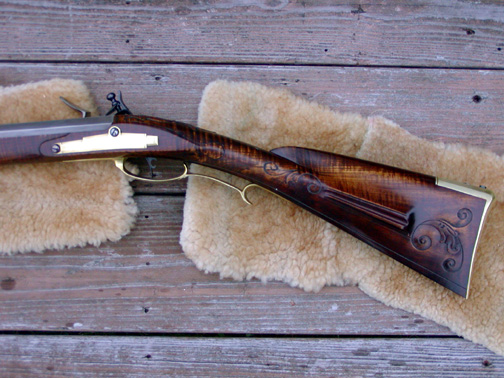

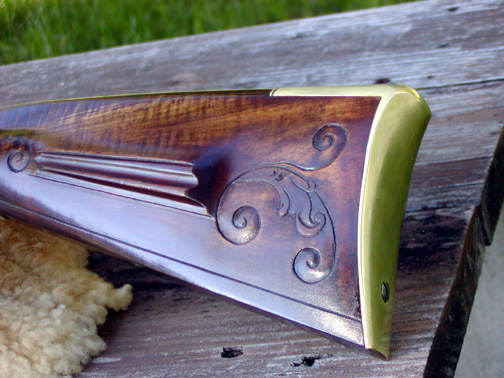
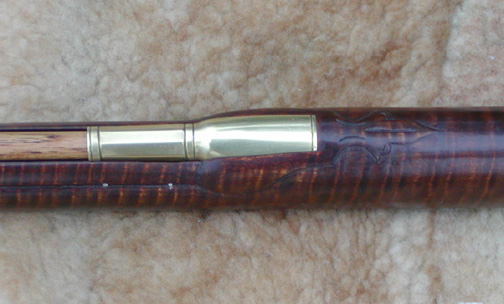

Early Reading guns have thick butts, the beginnings of the "Roman Nose" butt stock shape, one piece muzzle caps that are screwed into the bottom flat of the barrel, large bulky cheek pieces, no engraving, and a unique shaping to the step at the rear ramrod pipe and molding along the ramrod channel.
Here is another gun styled after guns from Reading:
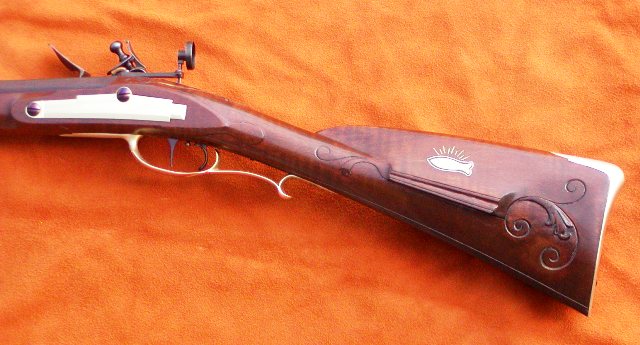
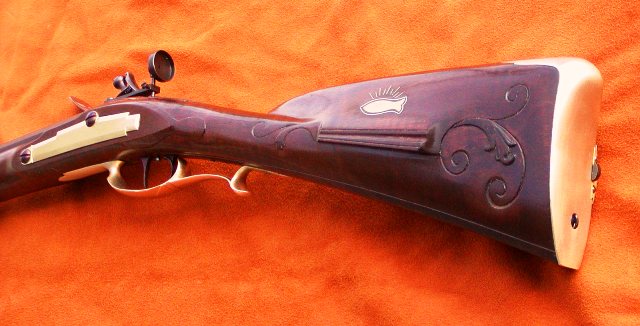
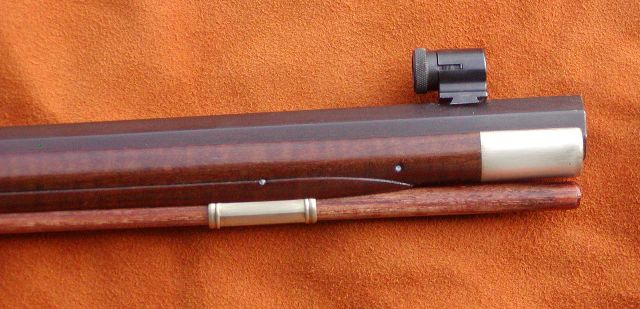

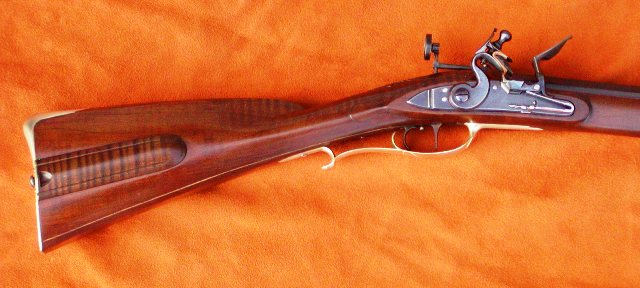
dave
-
Friends, our 2nd Amendment rights are always under attack and the NRA has been a constant for decades in helping fight that fight.
We have partnered with the NRA to offer you a discount on membership and Muzzleloading Forum gets a small percentage too of each membership, so you are supporting both the NRA and us.
Use this link to sign up please; https://membership.nra.org/recruiters/join/XR045103
You are using an out of date browser. It may not display this or other websites correctly.
You should upgrade or use an alternative browser.
You should upgrade or use an alternative browser.
Opinion on this rifles time period.
- Thread starter brazosland
- Start date

Help Support Muzzleloading Forum:
This site may earn a commission from merchant affiliate
links, including eBay, Amazon, and others.
- Joined
- Nov 26, 2005
- Messages
- 5,224
- Reaction score
- 10,884
Hi Capnball,
Yes, they both shoot very well. The top rifle is currently owned by Morgan's Rifle Corps within the Brigade of the American Revolution. The bottom gun is owned by a prominent member of this forum.
dave
Yes, they both shoot very well. The top rifle is currently owned by Morgan's Rifle Corps within the Brigade of the American Revolution. The bottom gun is owned by a prominent member of this forum.
dave
hanshi
Cannon
You have a very nice rifle, brozosland. I have a rifle with the same style butt plate along with a few "mixed style" attributes. Both rifles should look at home in all but the most seriously judged events.
There's an old Japanese phrase. It's called "Wabi Sabi"
In traditional Japanese aesthetics, wabi-sabi is a world view centered on the acceptance of transience and imperfection. The aesthetic is sometimes described as one of beauty that is "imperfect, impermanent, and incomplete.
So basically, the beauty is IN the imperfections! The imperfections make it perfect!
In traditional Japanese aesthetics, wabi-sabi is a world view centered on the acceptance of transience and imperfection. The aesthetic is sometimes described as one of beauty that is "imperfect, impermanent, and incomplete.
So basically, the beauty is IN the imperfections! The imperfections make it perfect!
Pete G
76 Cal.
And never forget....For every rule there is an exception 

There's an old Japanese phrase. It's called "Wabi Sabi"
In traditional Japanese aesthetics, wabi-sabi is a world view centered on the acceptance of transience and imperfection. The aesthetic is sometimes described as one of beauty that is "imperfect, impermanent, and incomplete.
So basically, the beauty is IN the imperfections! The imperfections make it perfect!
Ain’t that the green stuff that goes on the Kung pow chicken NYUK NYUK NYUK!!!!
Ahhhhhhhh yer Killin meAin’t that the green stuff that goes on the Kung pow chicken NYUK NYUK NYUK!!!!
Griz44Mag
70 Cal.
- Joined
- Nov 12, 2017
- Messages
- 4,326
- Reaction score
- 4,386
- Location
- Republic of Texas, District of Krum
Even this rule?????And never forget....For every rule there is an exception
Pete G
76 Cal.
Similar threads
- Replies
- 20
- Views
- 837
- Replies
- 21
- Views
- 2K
- Replies
- 15
- Views
- 2K
- Replies
- 11
- Views
- 2K
- Replies
- 49
- Views
- 6K




